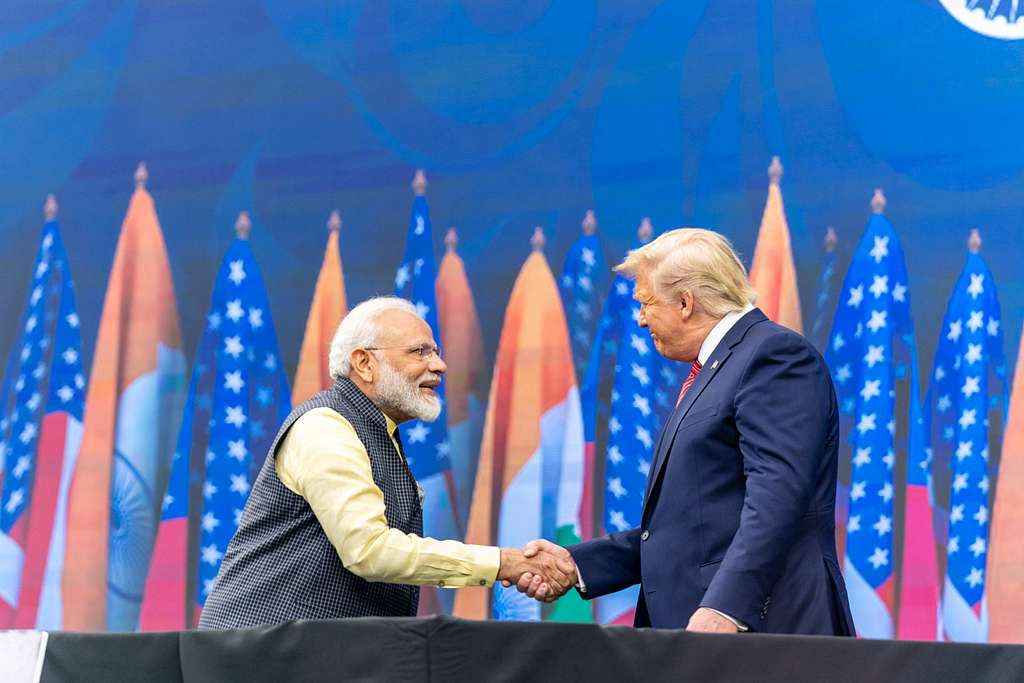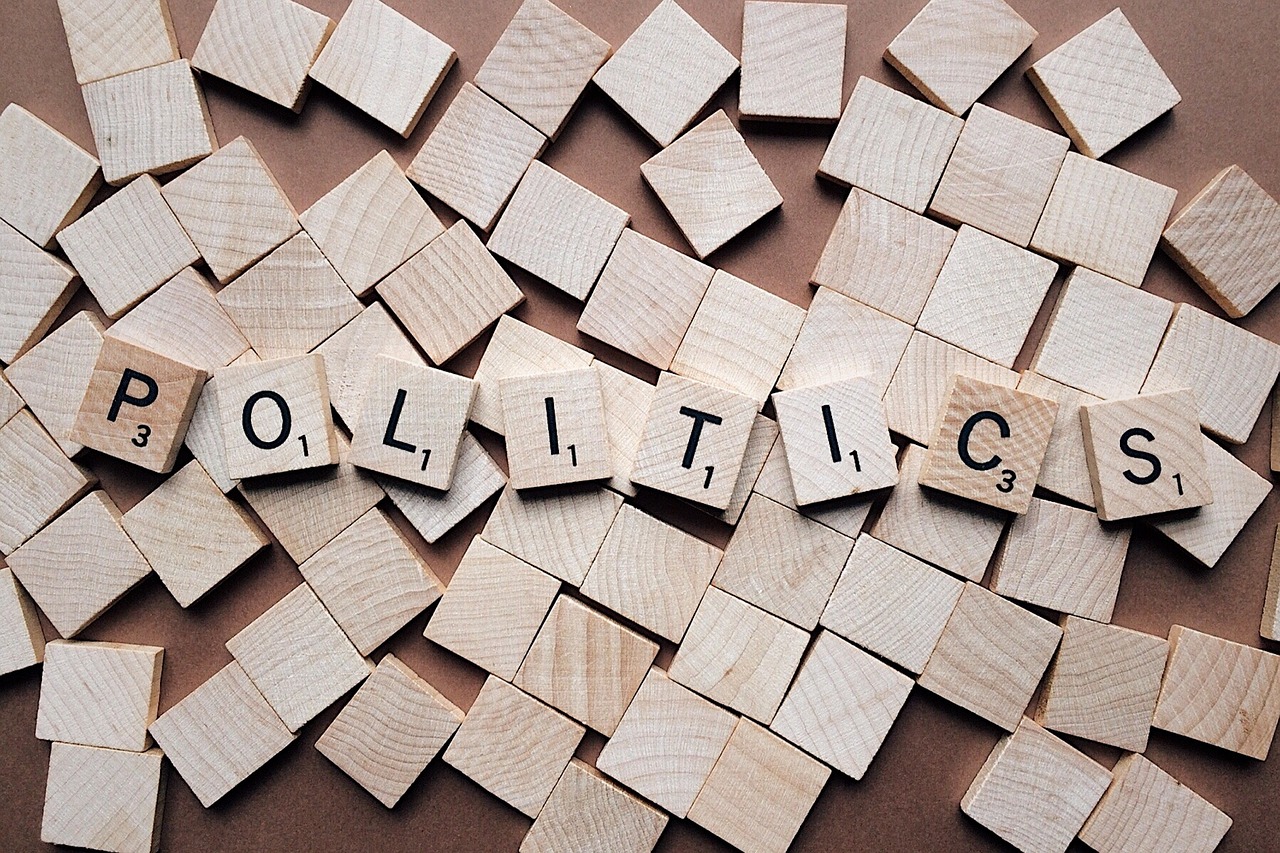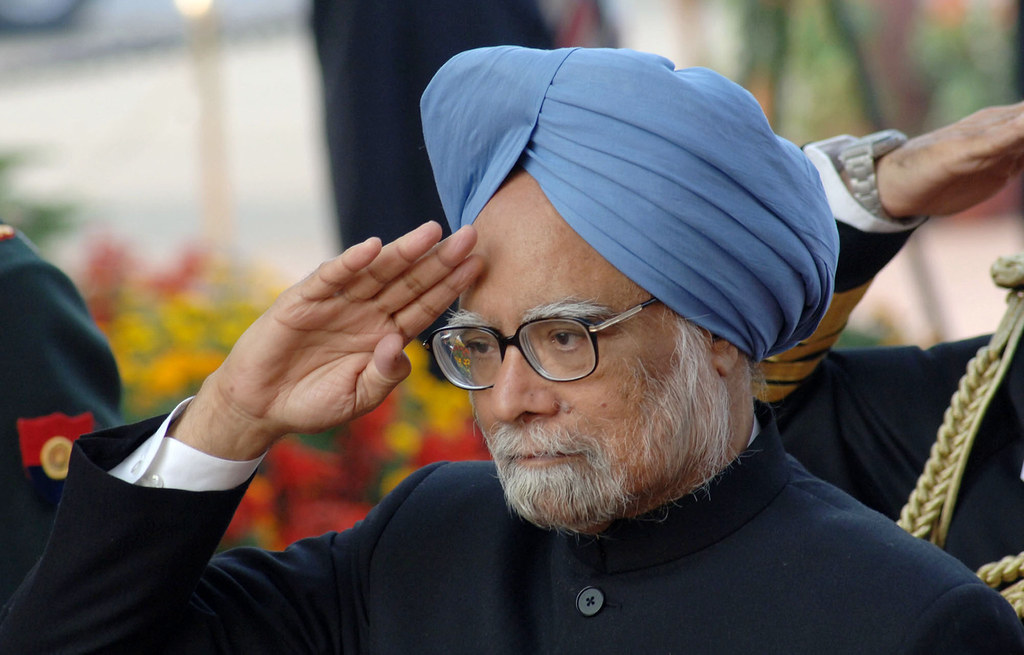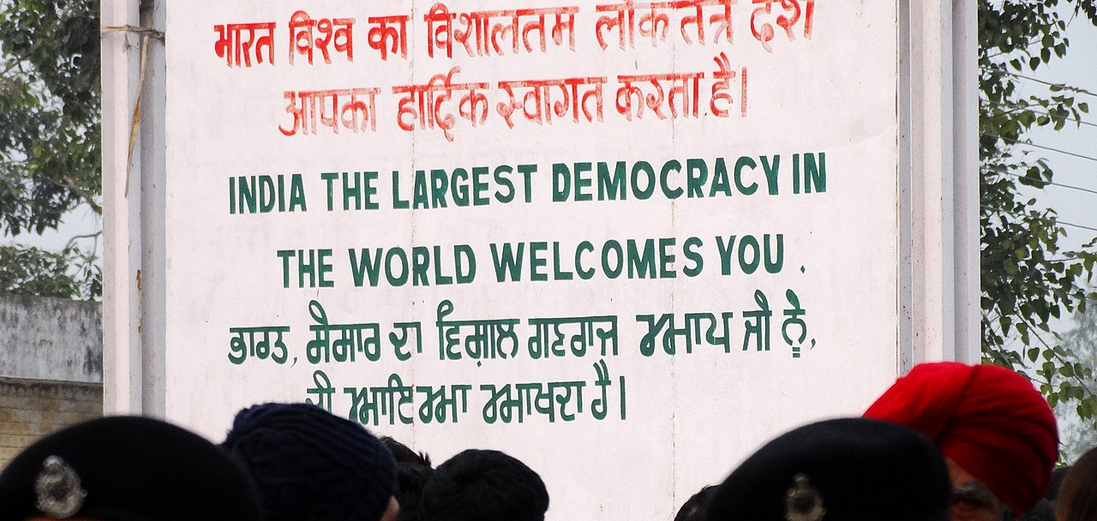
One of Prime Minister Narendra Modi’s great skills as a political communicator has been his ability to constantly summon up catchy buzzwords. If 2014 was the year of ‘acche din’, Make in India and Swachh Bharat, 2015 was about Start up and Stand up India, 2016 was Digital India and 2017 is now about ‘New India’. But shorn of the artful messaging, what does ‘New India’ really mean?”
Is it a ‘new India’ when over 70 ill-fated children tragically die in a Gorakhpur government hospital, an annual monsoon ritual in one of the more backward regions of the country? Is the prime minister assuring us that Japanese Encephalitis will be conquered, that public investment in health will be doubled, or that primary health centres will be strengthened? The truth is, the public health system in the country is in ICU.
Is it a ‘new India’ when Assam is flooded every year, when thousands are displaced in another annual catastrophe? Are we being assured that there will be a genuine effort to plug the encroachments of river banks, the lack of drainage, rampant deforestation, all of which contribute to the sorrows heaped upon hapless people by a swelling Brahmaputra?
Is it a ‘new India’ when government schools struggle to provide quality education to lakhs of students across the country? In a statement in parliament in December 2016, the HRD minister acknowledged that 18% teacher posts in government-run primary schools and 15% in secondary schools remain vacant. Is the government assuring an end to this acute teacher crisis in the immediate future?
Is it a ‘new’ India where agricultural land-holdings are shrinking, where small and marginal farmers remain indebted to village money-lenders, where deepening agrarian distress means that even in a year of a bountiful harvest, farmers denied a remunerative price commit suicide? Is it a ‘new’ India where the government is in denial on the reality of a manufacturing slowdown and jobless growth, especially in a post-demonetisation universe? A recent study of the Centre for Monitoring the Indian Economy (CMIE) reveals that 1.5 million jobs were lost post-demonetisation in the first four months of 2017.
Is it a ‘new’ India where municipal authorities routinely fail to provide for pot-hole free roads, where every year dozens of citizens die in road accidents that could be avoided with better infrastructure and greater accountability? Is it a ‘new’ India where the backlog of cases continue to pile up in our courts, where the notion of speedy delivery of justice is a cruel joke being played on lakhs of petitioners?
Is it a ‘new’ India where fearful minorities are routinely subject to ‘patriotism’ tests, where sporting a cap and beard or eating beef, studying in a madarasa, reciting azaan or not singing Vande Mataram could provide automatic entry into the ‘anti-national’ club? Can a new India be built on ill-conceived cattle slaughter rules that only seem to encourage vigilante groups to flaunt their muscle against cattle traders? The fact is, as a recent report on data website India Spend points out, Muslims comprised 86% the 23 Indians killed in 63 cow lynching related incidents since 2010: 97% of these incidents were reported post May 2014.
Is it a ‘new’ India where the prime minister promises to end bureaucratic and political corruption but where ‘local’ corruption and red-tapism still haunts the average citizen: India still ranks a lowly 79 least corrupt nation out of 175 countries in the Transparency International Corruption Perceptions Index. And if you believe ministerial corruption has ended, just travel to my home state of Goa where ‘rates’ for legislators switching sides to form a government are freely discussed.
Truth is, ‘new’ India is for now at least an undefined but alluring futuristic dream, one which is being strategically spun by a leader who knows that the promise of ‘acche din’ that won him the 2014 general elections could never match the vaulting expectations it threw up. Rather than being devoured by past hype, the prime minister is cleverly changing the goalposts by embarking on another feel-good journey to woo the gen-next voter. Which is why the ‘new’ India artifice is not offering instant gratification but sets a five year target of 2022 by which time another election will have, in all probability, also been won!
Post-script: Despite the ‘invented’ fantasy of a ‘new’ India, an India Today mood of the nation poll forecasts that the Modi-led alliance could win close to 350 seats if general elections were held now. Clearly, the hope of a better India embodied in the charismatic Modi persona is still attractive. Unless a divided and dispirited opposition carves out its own compelling counter-narrative.




































































































































































